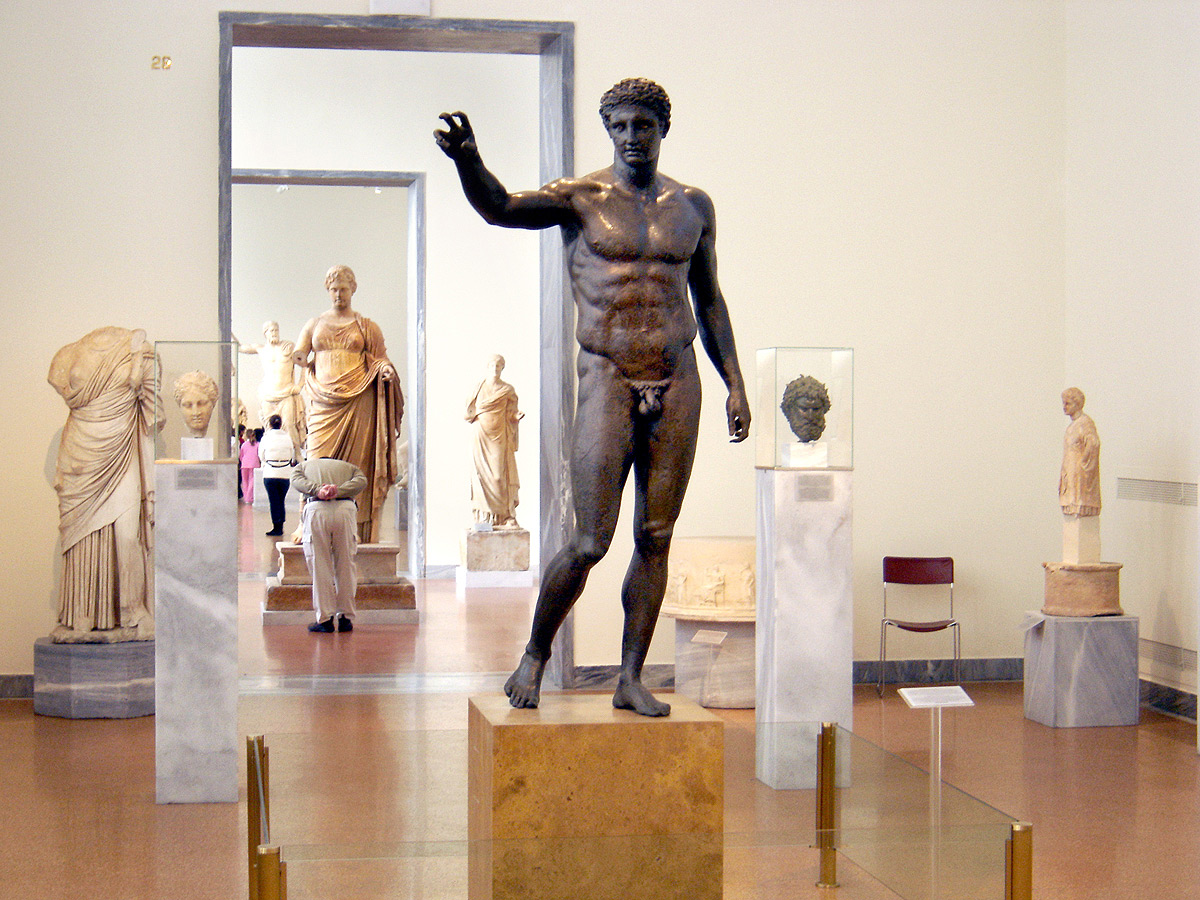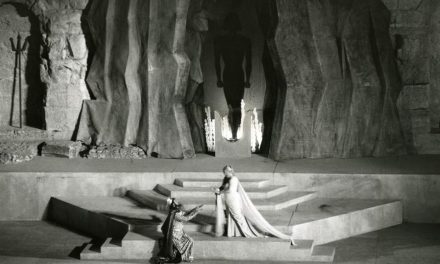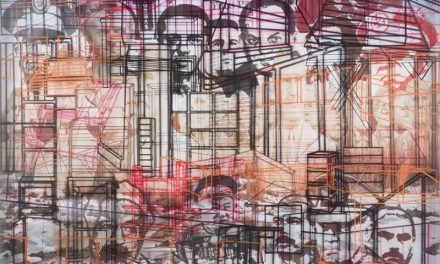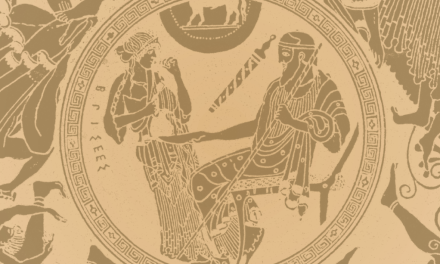President of the Hellenic Republic Prokopis Pavlopoulos hailed on Monday (2.9.2016) the contribution of the National Archaeological Museum to man-made creations during the inauguration of the new exhibition “Odysseys”, which marks the 150-year anniversary of the museum. “150 years after its foundation, the National Archaeological Museum celebrates with a unique, in the history of world culture, trip through the millennia, with a focus on Man and the fascinating ‘Odysseys’ of his perpetual path to creation,” Pavlopoulos said in a speech.
The National Archaeological Museum is celebrating 150 years since its opening and is hosting a series of events and exhibitions to mark the occasion. “Odysseys” exhibition attempts to give an account of the adventurous journey of man through time considered from an abstract and symbolic perspective that draws its inspiration from the Homeric Odyssey. The exhibition is inspired by the archetypal character of Odysseus and recounts through the emblematic, as well as the lesser-known ancient works of the National Archaeological Museum.
 One hundred and eighty-four works that come either from the permanent exhibition or the rich in archaeological material storerooms of the Museum’s Collections and six loans, three from the Epigraphic Museum and three from the Acropolis Museum, are presented in an enchanting sequence of cultural stratification, enabling the visitor to discern the differentiations and changes and simultaneously detect those elements that reside and remain unaffected in time and constitute the shared imprint which man has left on the centuries, the ages and the civilizations.
One hundred and eighty-four works that come either from the permanent exhibition or the rich in archaeological material storerooms of the Museum’s Collections and six loans, three from the Epigraphic Museum and three from the Acropolis Museum, are presented in an enchanting sequence of cultural stratification, enabling the visitor to discern the differentiations and changes and simultaneously detect those elements that reside and remain unaffected in time and constitute the shared imprint which man has left on the centuries, the ages and the civilizations.
Three thematic axes run through the exhibition narrative: The Journey presents tangible evidence of the ceaseless quest of man for raw materials, knowledge and ideas. Τhe variegated cargo of a conceptual ship and the myths that accompanied the sea journeys of ancient people create an allusive environment of adventure and knowledge. Ithacas are inspired by the homecoming (nostos) of Odysseus and devoted to the homelands of all people. Ecumenical ideas and concepts are exemplified by works that embody the collective effort of societies to ensure development and prosperity, as well as the urge of human existence to defy its perishability. In the Exodus, ancient creations symbolically demarcate great achievements of the human mind and spirit inviting each one of us to pick up the torch of creativity.
 The National Archaeological Museum is the largest museum in Greece and one of the world’s great museums. Although its original purpose was to secure all the finds from the nineteenth century excavations in and around Athens, it gradually became the central National Archaeological Museum and was enriched with finds from all over Greece.
The National Archaeological Museum is the largest museum in Greece and one of the world’s great museums. Although its original purpose was to secure all the finds from the nineteenth century excavations in and around Athens, it gradually became the central National Archaeological Museum and was enriched with finds from all over Greece.
The museum is housed in an imposing neoclassical building of the end of the nineteenth century, which was designed by Ludwig Lange and remodelled by Ernst Ziller. The vast exhibition space – numerous galleries on each floor accounting for a total of 8,000 square metres – house five large permanent collections: The Prehistoric Collection, the Sculptures Collection, the Vase and Minor Objects Collection, the Metallurgy Collection, and the Egyptian and Near Eastern Antiquities Collection.













